Nail maintenance for dogs might seem like a trivial task, but it holds significant importance for your furry friend’s overall health and well-being.
Just like humans, dogs require regular nail care to stay comfortable and healthy. But why is consistent nail maintenance crucial for dogs?
Let’s dive deeper into this topic to understand its importance and how it impacts your canine companion’s life.
Contents Overview
Why Nail Maintenance Matters for Dogs
1. Comfort and Mobility
- Long nails can be uncomfortable for dogs, exerting pressure on the toe joints and causing pain with each step.
- Overgrown nails may force the toes to splay unnaturally, leading to discomfort and difficulty in walking or running.
- Properly trimmed nails ensure that the dog’s paws are in optimal condition, allowing for unrestricted movement and enhanced mobility.
2. Preventing Injury
- Overgrown nails are more prone to splitting, cracking, or breaking, which can cause pain, bleeding, and potential infections.
- Dogs with excessively long nails are at a higher risk of snagging their nails on surfaces or objects, resulting in tears, injuries, and even fractures.
- Keeping nails at an appropriate length reduces the likelihood of nail-related injuries and promotes a safer environment for the dog to navigate.
3. Maintaining Paw Health
- Regular nail maintenance is essential for overall paw health, as it prevents dirt, debris, and bacteria from accumulating beneath the nails.
- Accumulated debris can lead to infections, foul odors, and discomfort for the dog.
- Properly trimmed nails allow for better ventilation and hygiene, reducing the risk of fungal or bacterial infections in the paw pads and nail beds.
4. Promoting Proper Posture and Joint Health
- Long nails can alter the dog’s gait and posture, leading to imbalances and strain on the joints, particularly in the hips, knees, and spine.
- Maintaining the correct length of nails helps preserve the natural alignment of the toes and paws, promoting proper posture and reducing the risk of musculoskeletal issues.
- By minimizing strain on the joints, proper nail maintenance contributes to long-term joint health and mobility, especially in senior or arthritic dogs.
5. Psychological Well-being
- Untrimmed nails can cause discomfort and anxiety in dogs, leading to behavioral issues such as excessive licking or chewing of the paws.
- Regular nail trimming sessions provide an opportunity for bonding and positive reinforcement between the dog and their owner, promoting trust and relaxation.
- Keeping nails at a comfortable length contributes to the overall happiness and well-being of the dog, enhancing their quality of life and reducing stress.
6. Prevention of Secondary Complications
- Neglected nails can lead to secondary complications such as ingrown nails, abscesses, or nail bed infections.
- Ingrown nails occur when the nail grows into the surrounding skin, causing pain, swelling, and potential infection. Proper nail maintenance prevents these secondary complications, saving the dog from unnecessary pain and discomfort.
How to Maintain Your Dog's Nails
To maintain your dog’s nails, follow these steps:
Start Slow
Allow your dog to get used to the tools and sensations involved in nail trimming. Offer treats and praise at each step, gradually progressing over a few days.Create a Comfortable Environment
Ensure both you and your dog are relaxed. Use a quiet, well-lit area with a comfortable surface for your dog to lie on during the process.Be Prepared
Have all necessary items within reach, including perfect nail clippers, styptic powder, treats, and a tea towel for nail trimmings.Trimming Technique
Hold your dog’s paw gently but firmly, extending the nail by pushing the thumb up and backward on the pad while pushing the forefinger forward.- Clip only the tip of the nail, straight across, avoiding cutting into the quick (pink area of the nail).
- For dark nails, watch for a chalky white ring to avoid cutting too far.
Grinding Technique
If using a grinder, grind a small part of the nail at a time, supporting the dog’s toe gently. Keep the grinder higher up for better control and ensure your dog is comfortable throughout.Comfort Your Dog
Offer praise, treats, and a positive attitude throughout the process to make nail trimming a positive experience for your dog.
Remember, if you are unsure or your dog is too nervous, seeking professional help from a groomer or vet is always an option to ensure your dog’s nails are maintained safely and effectively.
Bottom Line
Consistent nail maintenance is a crucial aspect of caring for your dog’s overall health and well-being.
By regularly trimming your dog’s nails, you can prevent discomfort, injuries, and mobility issues while promoting proper posture and foot structure.
Remember to use the right tools, techniques, and positive reinforcement to make nail maintenance a stress-free experience for your furry companion.
Prioritize your dog’s nail care to ensure they lead a happy, healthy, and active life.

Introducing Angie Pistou, a certified Dog Groomer/Stylist trained at Sue Oliver Dog Grooming School. As a member of ICMG (International Certified Master Groomers), Angie is dedicated to excellence, currently working towards achieving Master Groomer Level 3.

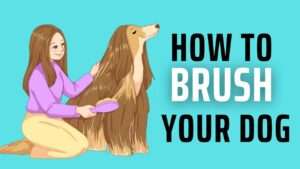

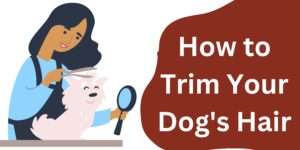
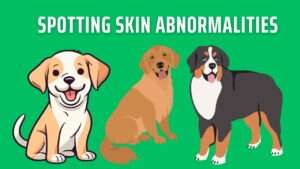
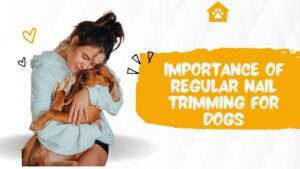

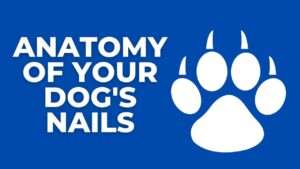
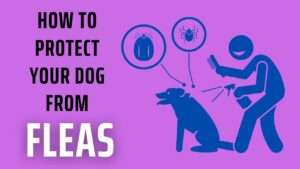
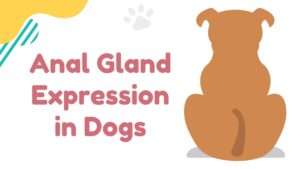
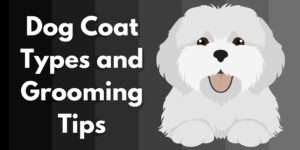
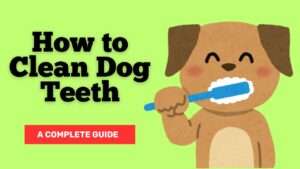

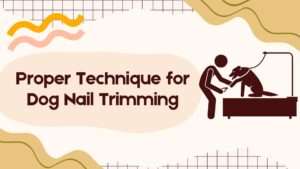
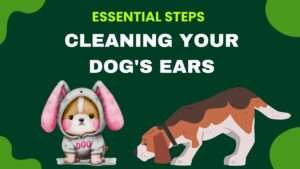

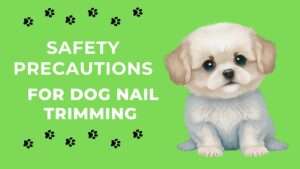


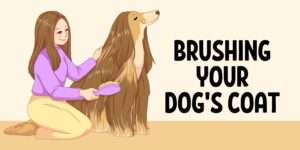
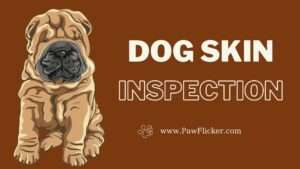
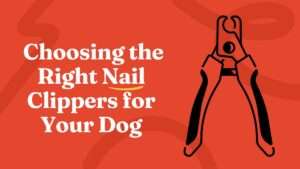
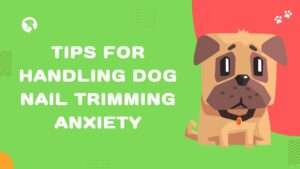
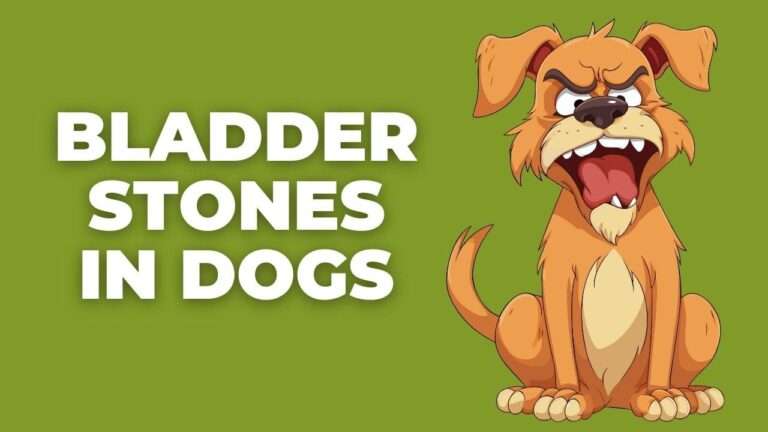
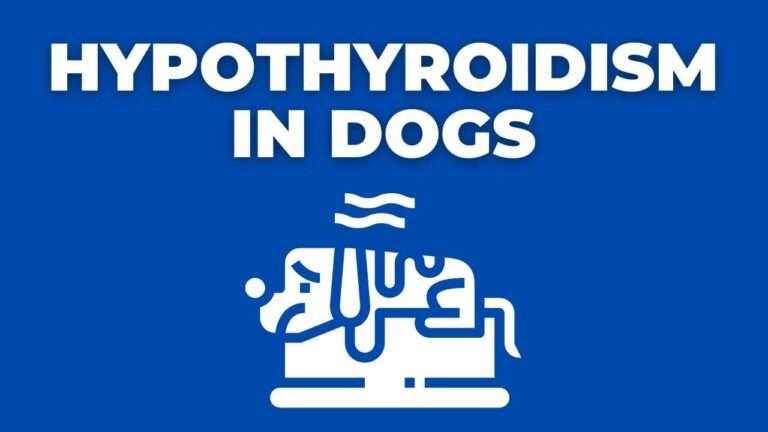
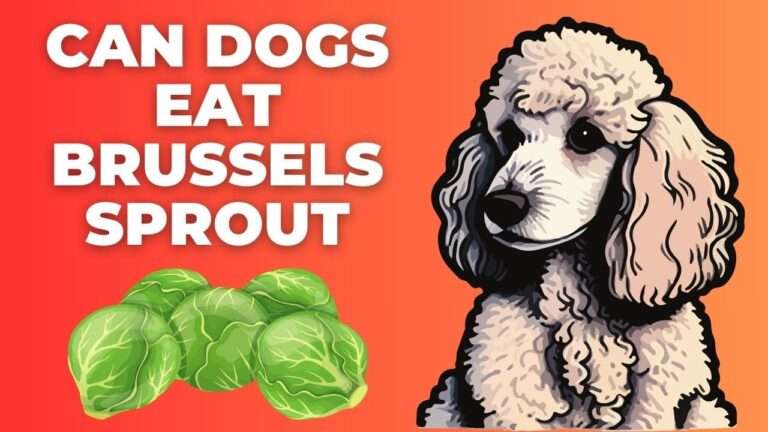
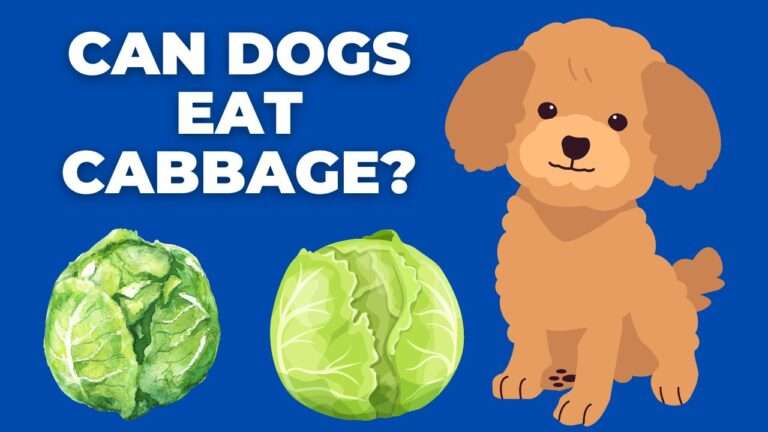
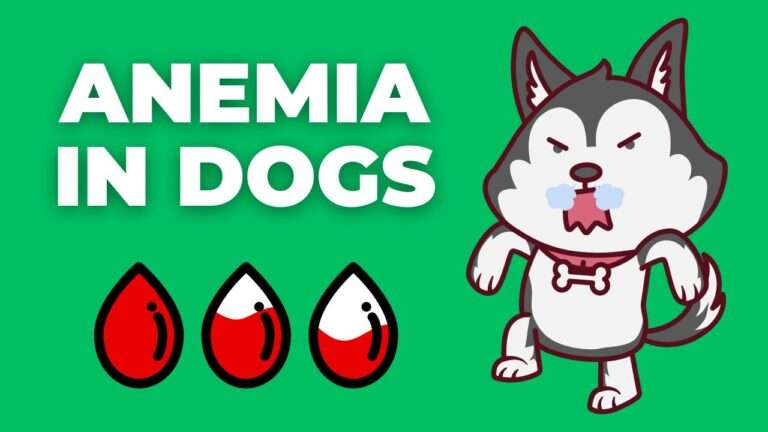
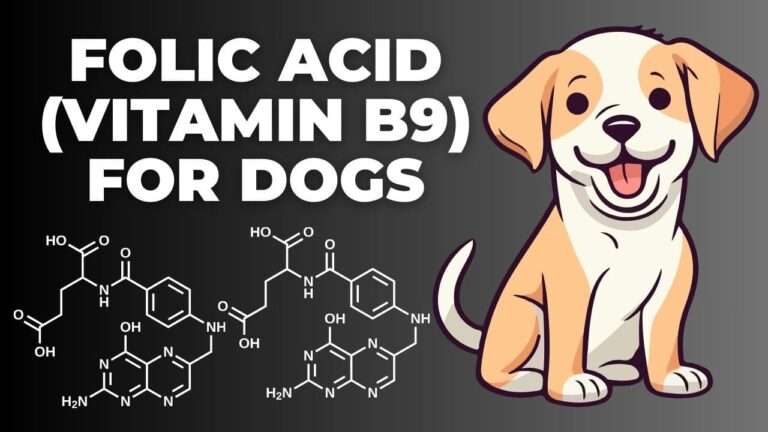
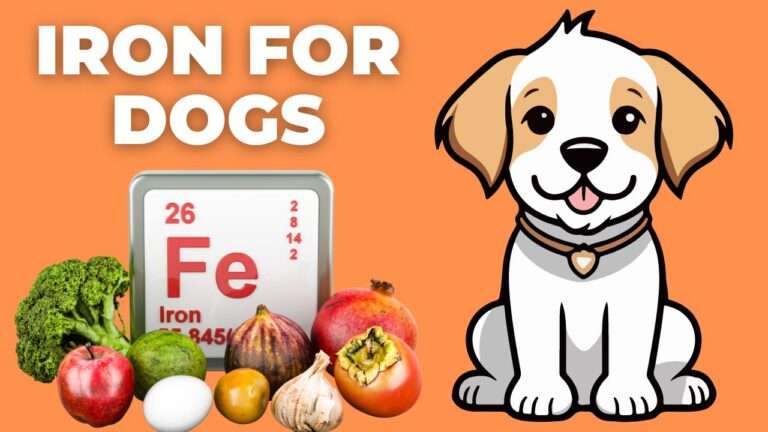
+ There are no comments
Add yours